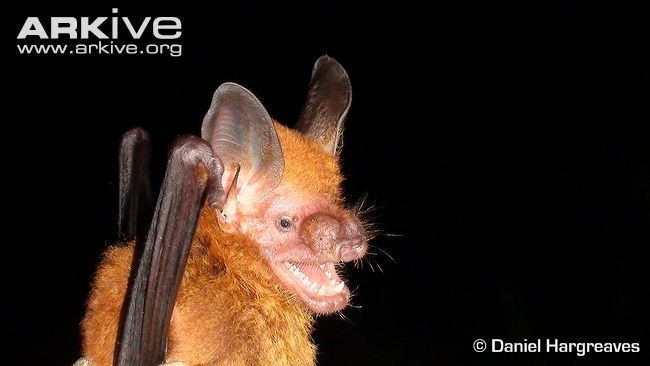Scientific name Bauerus dubiaquercus Higher classification Bauerus Order Bat | Family Vespertilionidae Phylum Chordata Rank Species | |
 | ||
Genus BauerusVan Gelder, 1959 Similar Pallid bat, Bat, Western pipistrelle, Corynorhinus, Lasiurus | ||
Van Gelder's bat (Bauerus dubiaquercus) is a species of vesper bat in the family Vespertilionidae. It is found in Belize, Costa Rica, Honduras, and Mexico. The species is monotypic within its genus. It is part of the tribe Antrozoini within the subfamily Vespertilioninae and is related to the pallid bat (Antrozous pallidus). The bat is found in forest habitat from sea level to elevations as high as 2300 m, although not usually above 1300 m, and is insectivorous and crepuscular. It apparently has a fragmented distribution, and is threatened by deforestation.
The bat was discovered by Richard Van Gelder, then curator of mammalogy at the American Museum of Natural History. The bat was collected on the AMNH Puritan Expedition to Baja California in 1957 on the Tres Maria Islands (south of Baja) by Richard Zweifel (expedition herpetologist) and Oakes Plimpton (expedition assistant). Van Gelder dubbed the bat "dubiaquercus" in honor of the collectors: dubia means "doubt" in Latin, as zweifel does in German; quercus is Latin for "oak".
